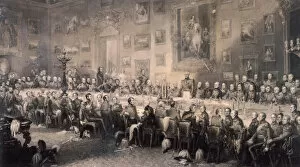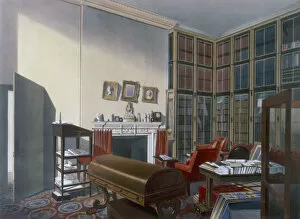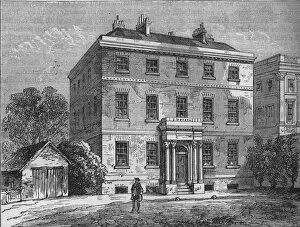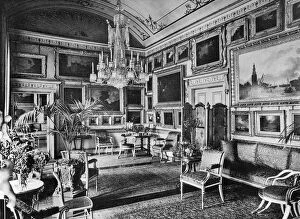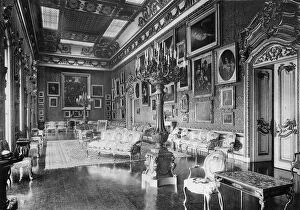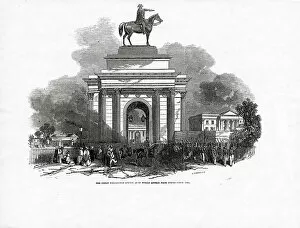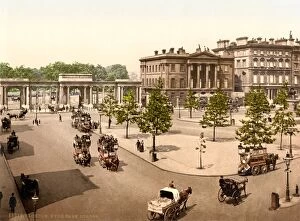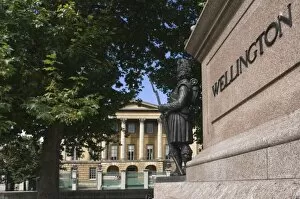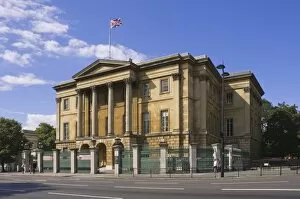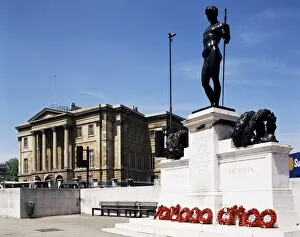Apsley House Collection (page 2)
Apsley House: A Stately Home Steeped in History Step into the grandeur of Apsley House, a magnificent mansion located at Hyde Park Corner in London
For sale as Licensed Images
Choose your image, Select your licence and Download the media
Apsley House: A Stately Home Steeped in History Step into the grandeur of Apsley House, a magnificent mansion located at Hyde Park Corner in London. This iconic landmark has witnessed countless historic events and remains an enduring symbol of British heritage. One notable event that took place within these hallowed walls was the Banquet commemorating the victory at Waterloo in 1836. The opulent halls were filled with dignitaries and military heroes, celebrating Britain's triumph over Napoleon Bonaparte. It was a night to remember, where stories of bravery echoed through every corridor. Dating back to 1800, it has stood as a testament to architectural brilliance. Engravings from Mr Crace's collection depict its majestic facade, showcasing its timeless beauty. The West Wing overlooking Hyde Park is particularly captivating, offering visitors breathtaking views of this picturesque landscape. The Duke of Wellington himself called Apsley House his home, and it served as the backdrop for significant moments in his life. In 1852, mourners gathered here for the somber Funeral of the Duke of Wellington after his passing earlier that year. The color lithograph capturing this poignant event evokes a sense of reverence and respect for one of Britain's greatest military leaders. Inside Apsley House lies an intimate glimpse into history - The Duke's bedroom reveals an elegant sanctuary where he sought solace amidst his demanding responsibilities. Its intricate engravings transport us back to a bygone era when nobility resided within these very walls. Beyond its historical significance, it also offers stunning views over Green Park - a snapshot into London life during different eras. From fashionable attire to bustling city scenes captured on canvas or photograph; it serves as both a window into the past and a reflection on how times have changed. Today, visitors can explore this extraordinary residence-turned-museum and immerse themselves in the rich tapestry of British history.

